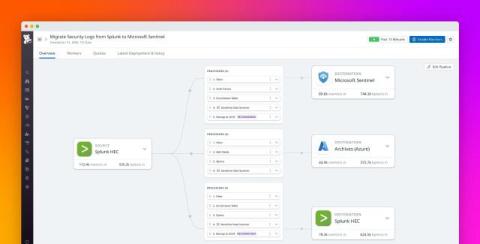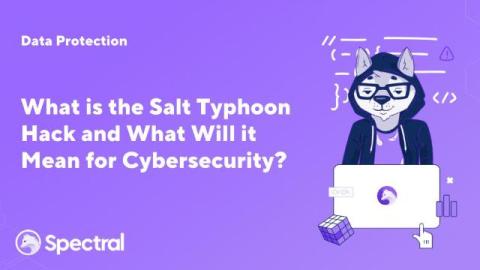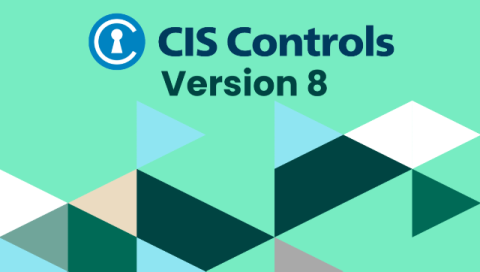Types of Cyber Crimes and How to Protect Against Them
With increased reliance on the cloud and data being today’s digital currency, cybercrime has become a pervasive threat that impacts individuals, businesses, and governments alike. Understanding the various types of cybercrime is essential for developing effective strategies to protect against these malicious activities.











